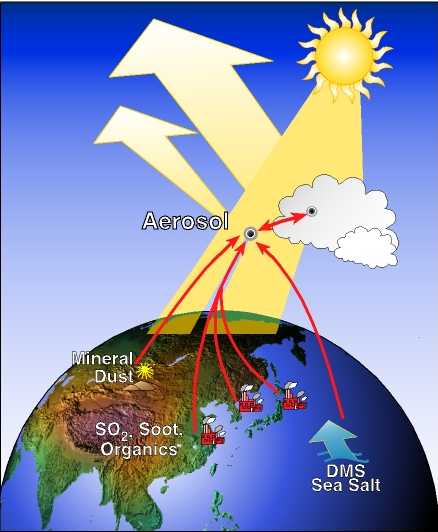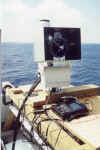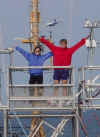Asian Pacific Regional
Aerosol Characterization Experiment
Radiative Forcing due to Anthropogenic Aerosols Over the Asian Pacific Region
 |
Project Summary
Atmospheric aerosol particles affect the Earth's
radiative balance directly by scattering or absorbing light, and indirectly by
acting as cloud condensation nuclei (CCN), thereby influencing the albedo and
life-time of clouds. At this time, tropospheric aerosols pose one of the largest
uncertainties in model calculations of the climate forcing due to man-made
changes in the composition of the atmosphere. Accurately quantifying the direct
and indirect effect of anthropogenic aerosols on the radiative forcing of
climate requires an integrated research program that includes:
in-situ measurements covering a globally
representative range of natural and anthropogenically perturbed
environments to determine the chemical, physical, and radiative
properties of the major aerosol types, the relationships among these
properties and the processes controlling them,
satellite observations to quantify the
temporally and spatially varying aerosol distributions, and
chemical transport and radiative transfer
models to calculate radiative forcing by aerosols and to provide a
prognostic analysis of future radiative forcing and climate response
under various emission scenarios.
|
Radiation team
Measurements onboard
Japan
















